Related Products
-

LYNX SMART BMS 1000 (M10)
-

LiFePO4 Battery 25.6V/300Ah NG
-
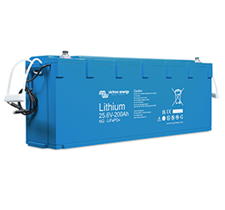
LiFePO4 Battery 25.6V/200Ah NG
-
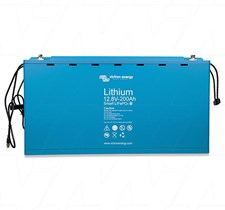
LiFePO4 Battery 12.8V/200Ah Smart
-
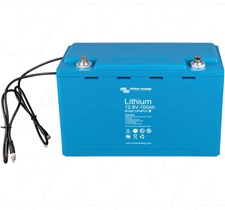
LiFePO4 Battery 12.8V/100Ah Smart
-
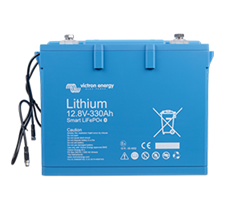
Victron LiFePO4 12.8V 330Ah Smart
-
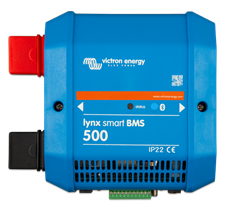
Lynx Smart BMS 500
-
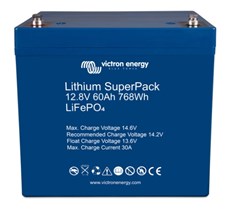
Lithium SuperPack 12.8V/60Ah (M6)
-
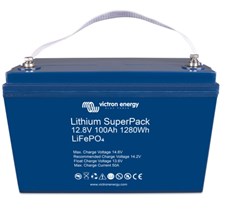
Lithium SuperPack 12.8V/100Ah (M8) High Current
-

Victron Lithium SuperPack 12,8V/200Ah (M8)
-
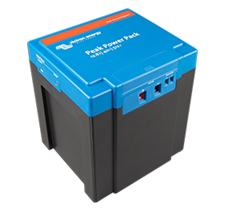
Victron Peak Power Pack 12.8V/40Ah - 512Wh
WANT TO KNOW MORE ?
Have a question, comment or want to know more? We’d love to hear from you! Contact us via email: info@ntsuae.com
EnquiryEnquiry
-
-
-
Invalid Email
-
- * Please note all fields are mandatory
Success! -
Warning! -
Error! -

